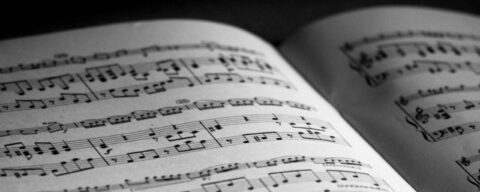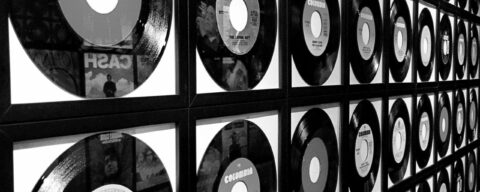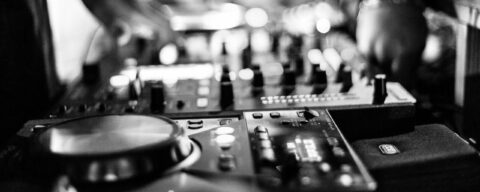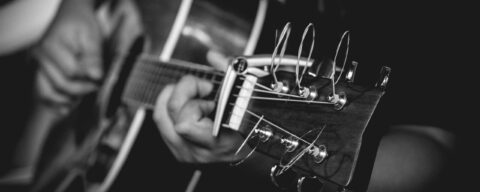Introduction
What is composition in music?
Composition is one of the key stages in the process of creating a piece of music, complementing production and arrangement. Theoretically, it’s even the first stage, laying the foundations for the piece of music.
But computer music has turned this process on its head, and for the vast majority of modern musical styles, the 3 stages are now carried out almost simultaneously. To create a musical work, you need to master the concepts of melody, harmony and rhythm. These elements form the basis on which a composition is built.






